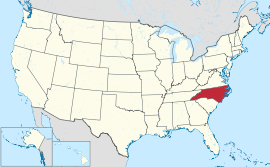Check out the Little Pim Giveaway!
Last week I shared two Native American versions of Cinderella and I promised two more this week. All four are very similar and I think they all come from the Algonquian Native American tribes. Since I gave you a quick history of some of the Algonquian tribes last week, I'm not going into it this week. These stories however seem to be from tribes in Canada rather than the United States.
The first story is called "The Indian Cinderella" and I found it in The Children's Book of Virtues edited by William J. Bennett. This story is definitely written to be an explanation of why the aspen leaves shake in the wind. In this story the tribe lives on a bay of the Atlantic Ocean. The second story is The Rough-Face Girl written by Rafe Martin and David Shannon. In this story the tribe lives on Lake Ontario.
Both stories are very similar. A few differences are that the girl comes from a poor family in one and is the daughter of a chief in the other. In both stories she is the youngest daughter of three and the older two are cruel to her. They dress her in rags and make her tend the fire or burn her with the coals to make her ugly. In both stories there is the Invisible Being who all the maidens want to marry. In one he got his magical power to be invisible from a god for whom he did good deeds. Similar to last week's stories, the sisters try to win the hand in marriage and fail. The youngest decides to try, but does not have the nice clothes or jewelry so she makes do with what she has and birch bark. In one story she is honest with the sister about not seeing the Invisible Being and is rewarded by being able to see him. In the other story she sees his face everywhere in the village. In both he has a bow made of the curve of the rainbow and the runner on his sleigh is the Milky Way. This is one of the few differences from last week's stories since sleighs/sleds were not mentioned in them. As in all the stories, she is able to see him and marries him. In one he turns her cruel sisters into aspen trees and he was called Strong Wind and this is why the leaves of the aspen shake so much in the wind. They fear him.
Next week I will share our last Native American Cinderella which is different from these four. It is from the Zuni culture. I hope you will join me!





















































